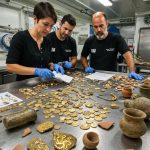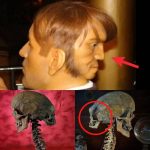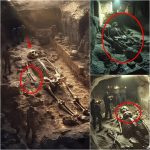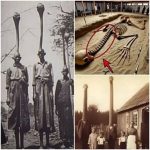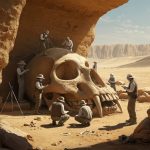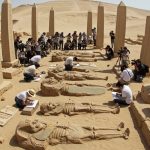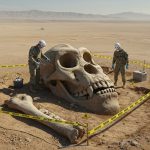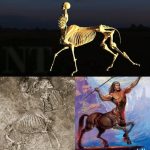Reconstructing the Face of King Tut
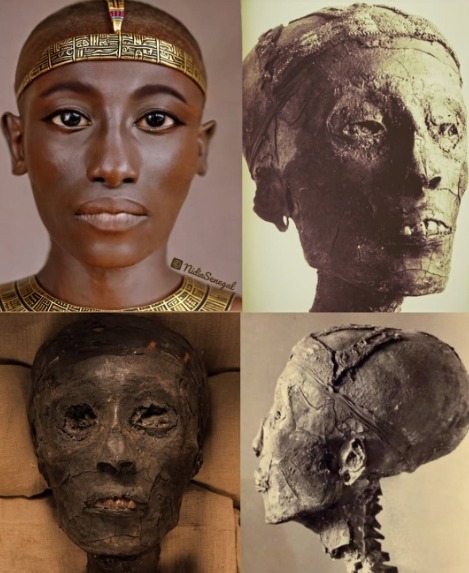
Tutankhamun, better known as King Tut, has fascinated the world ever since the discovery of his tomb in 1922. From his golden mask to the countless treasures buried with him, every artifact has added to the mystery of Egypt’s boy king. Yet despite nearly a century of research, one question has lingered: what did he really look like? Recent efforts to reconstruct his face from his mummified skull bring us closer than ever to answering that question, offering a rare glimpse into the life and humanity of one of history’s most iconic pharaohs.
From Skull to Face
Unlike sculpting from statues or artistic interpretations, this reconstruction began with Tutankhamun’s actual remains. His mummy was found in a fragile state, and his skull showed significant damage. Working with these challenges, researchers and artists combined anatomy, forensic techniques, and artistic intuition to rebuild his likeness. Every feature—cheekbones, lips, and jawline—was carefully modeled to reflect both scientific data and human expression.
The process was painstaking. Starting from bone structure, layers of muscles and skin thickness were estimated and digitally sculpted. While artistic judgment played a role, the final product was rooted in forensic accuracy, making the face not just a guess, but a science-based portrait of Egypt’s most famous young ruler.

A Human Glimpse Into Royalty
For centuries, King Tut has been seen primarily through symbols—his lavish tomb, golden mask, and artifacts that reflect his royal status. But seeing his reconstructed face changes everything. Suddenly, he is not just a legend frozen in history, but a young man with features, expressions, and humanity.
This reconstruction highlights the importance of merging science with art. While the data provides the framework, artistic skill adds nuance—bringing warmth and personality to what might otherwise remain a lifeless model. The result is a likeness that feels authentic, bridging the gap between ancient remains and modern understanding.
The Significance of the Project
Reconstructing Tutankhamun’s face is more than an artistic exercise—it is a way of reviving history. For archaeologists, such projects provide insights into health, genetics, and cultural identity. For the public, they make the past personal and relatable. To look into the eyes of King Tut’s reconstructed face is to connect with a figure who lived, ruled, and died more than 3,000 years ago.

Moreover, the reconstruction invites reflection on Tutankhamun’s short but influential reign. Ascending the throne at a very young age, he restored traditional Egyptian religion and culture after the upheavals of his predecessor Akhenaten. His life may have been brief, but his legacy has endured, amplified by the mysteries surrounding his death and burial.
Conclusion
The facial reconstruction of King Tutankhamun is both a scientific triumph and an artistic achievement. By carefully rebuilding his features from his skull, researchers have given us perhaps the closest glimpse yet into the boy king’s true appearance. It is a reminder that behind the golden mask and ancient legend was a human being—a young pharaoh whose face, once hidden by time, now looks back at us across millennia.
